The W* Library: flick through August’s 10 new titles
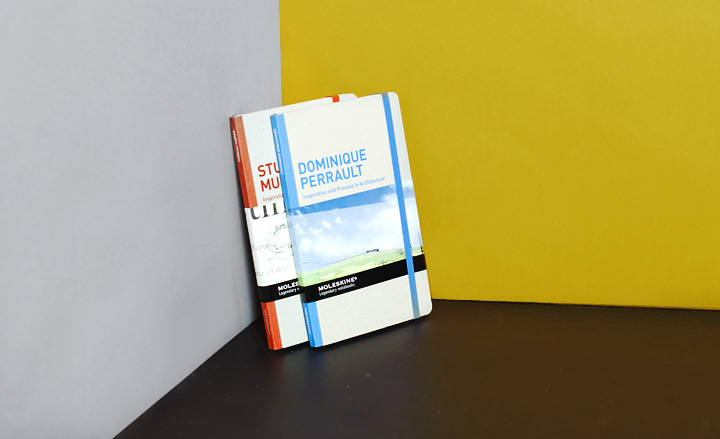
Moleskine: Inspiration and Process in Architecture
Moleskine continues its series of pocket-sized monographs, delving into the minds and designs of some of the world's leading architects. The latest volumes are from Studio Mumbai and Dominique Perrault, after earlier publications from Zaha Hadid, Alberto Kalach and Wiel Arets. Subtitled 'Inspiration and Process in Architecture,' each book delves into the minds of its author, pulling together sketches, scribbles, snapshots and plans of the genesis of recent projects. Despite the difference between Perrault's slinky high-tech and Studio Mumbai's hand-crafted approach, the books show that everything starts with a sketch.
Published by Moleskine, £27
Writer: Jonathan Bell
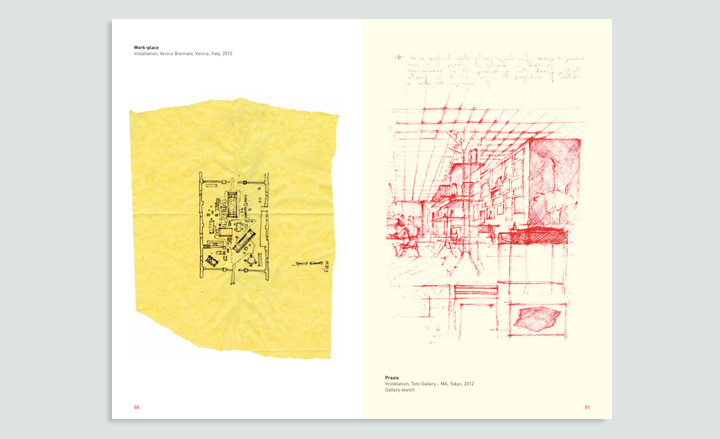
A spread from Studio Mumbai's volume depicts sketches for the 'Work-place' installation, Venice Biennale, 2010 (left) and the 'Praxis' installation, Toto Gallery - MA, 2012 (right)
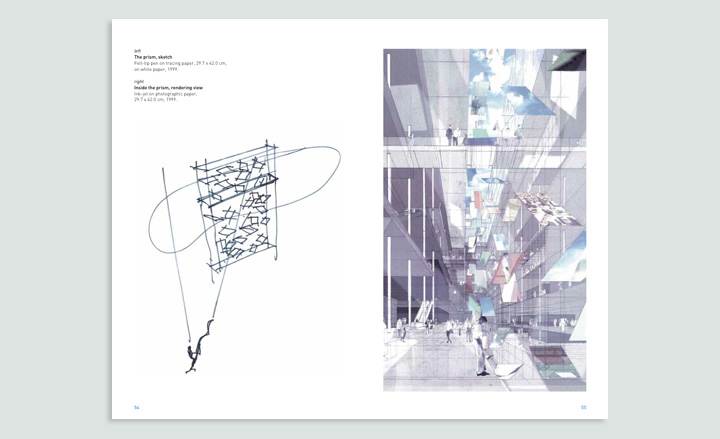
This spread from Dominique Perrault's edition features a sketch of 'The prism' (left), and a rendering of its inside (right), 1999
The Modern Magazine: Visual Journalism in the Digital Era
By Jeremy Leslie
An insightful glimpse into the current publishing landscape - and not only because Wallpaper* scooped a few mentions - The Modern Magazine chronicles the rapidly changing face of editorial design, and how magazines have adapted to the rise of digital media. The last decade in particular has seen the industry undergo a metamorphosis, and the book delves into key themes thrown up, including the ever-prevailing digital versus print debate. Supplemented by striking visuals, revealing interviews with key figures, forecasts into future visual trends, links to blogs and more, the book provides a fruitful resource for budding and established designers alike.
Published by Laurence King(opens in new tab), £28
Writer: Jessica Klingelfuss
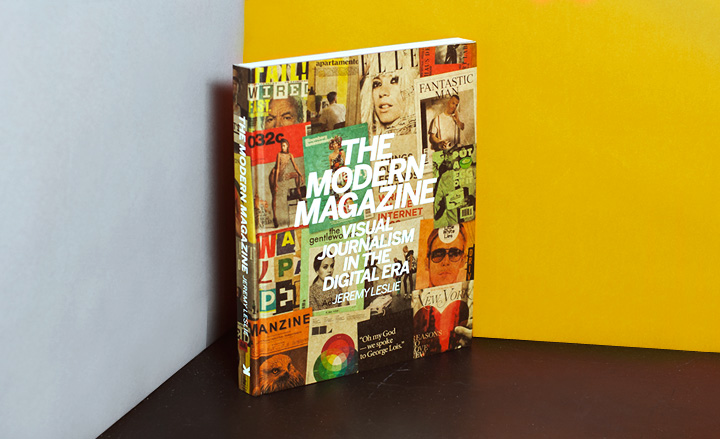
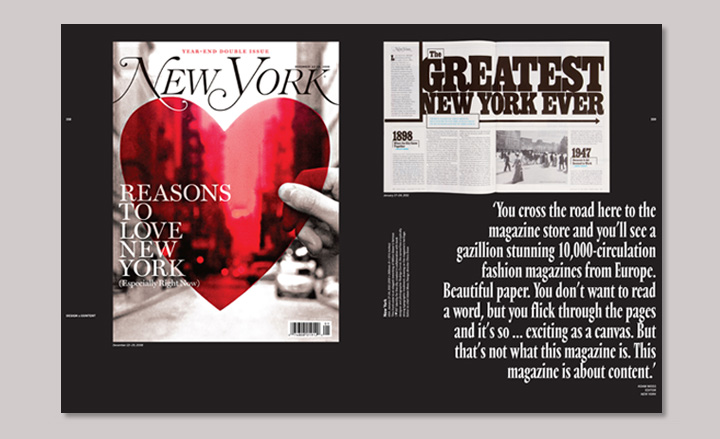
A spread from the 'Design x Content' chapter, showing a New York magazine cover from January 2011. The cover is an elegant reworking of Milton Glaser's 'I ♥ New York' identity for the city, created in collaboration with Rodrigo Corral
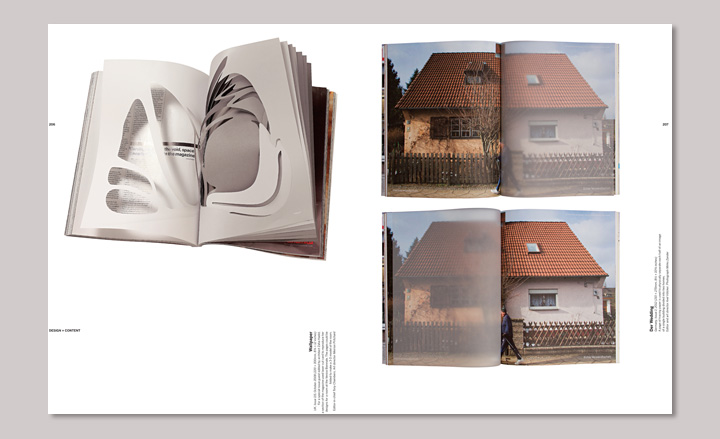
Left: For Wallpaper's special issue guest-edited by architect Zaha Hadid in October 2008, a section of the magazine used laser-cut card to reproduce her designs for a room at the Venice Biennale. The pages could be folded to make a 3-D model of the room. Right: Der Wedding magazine used a page of tracing paper to physically separate each half of an image of a single building divided into two homes
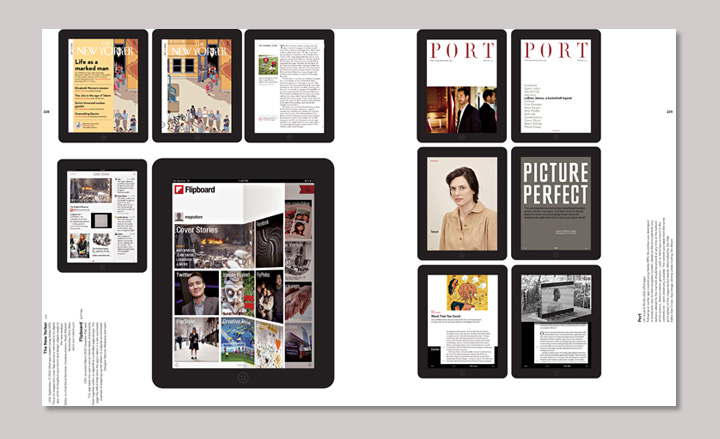
A spread from the Print x Digital chapter, showing the iPad apps of The New Yorker, Flipboard and Port
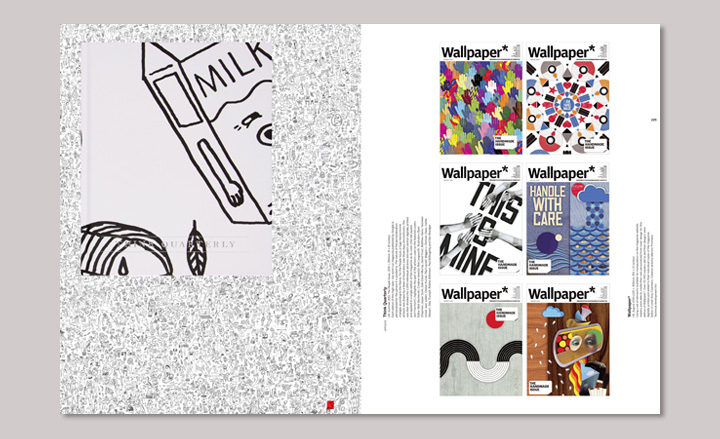
Left: Think Quarterly, published by Google, is personalised for every person who receives it in the post. Right: Personalised covers created using Wallpaper's Custom Covers application from 2010
Formica Forever
Ah, the sweet smell of a retro material getting its own celebratory monograph. Formica was born out of the early twentieth century boom in artificial materials, but found its place in popular culture in the boom years following World War 2. Formica became a key component of America's populist modernism, bright, no-fuss, wipe clean and futuristic. The company went worldwide, becoming the power behind pop and a driving force in the DIY drive to reinvent the modern home. Published to celebrate the company's centenary, Formica Forever is a fascinating corporate history allied to an enviable image bank.
Published by Metropolis Books, £39.95
Writer: Jonathan Bell
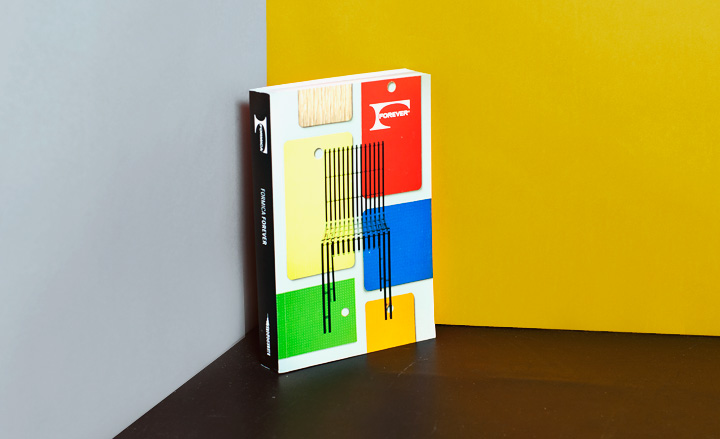
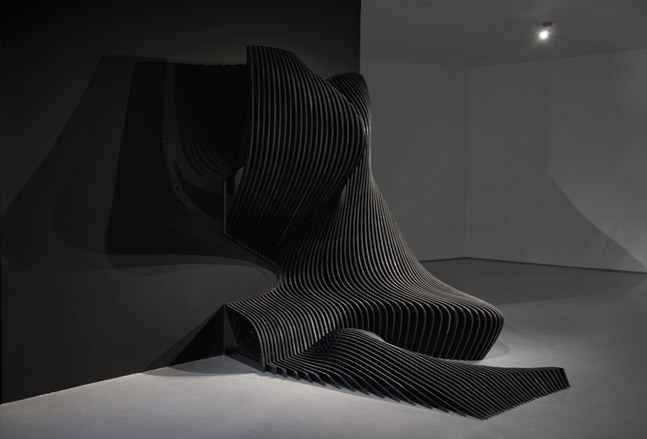
From the book: Cirrus, by Zaha Hadid, 2008, in Black Formica laminate and polished finish. From 'Form: Contemporary Architects at Play'. Courtesy of Contemporary Arts Center, Cincinnati, Ohio.
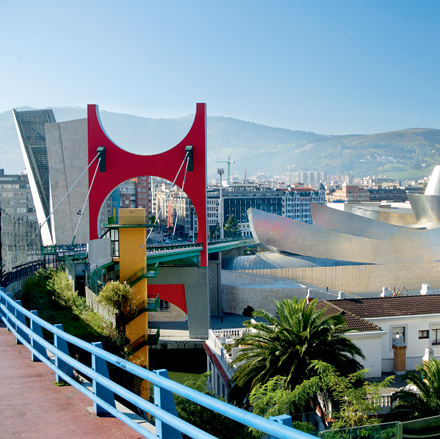
The Red Arches/Arcos Rojos, Bilbao, Spain, by Daniel Buren, 2007, using Formica Exterior grade Compact panel, Formica Group, Europe.
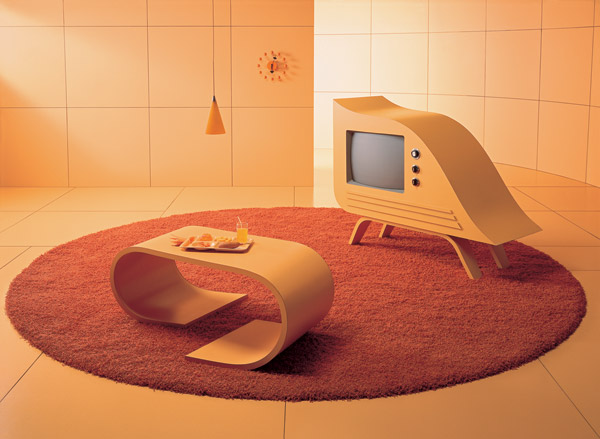
Pumpkin laminate, 2003
Momo
By Michael Ende, with drawings by Marcel Dzama
When Lucas Zwirner came upon an English translation of German writer Michael Ende's Momo, a tale first read to him (by his gallerist father, David) as a child, he saw room for improvement. 'The translation turned this into a children's book, which is not the way I had remembered hearing it,' says Zwirner, who tackled his own translation and recruited artist Marcel Dzama to illustrate the fantasy story, in which an orphan girl with a gift for listening threatens the joyless world envisioned by shadowy men out to steal people's time. 'The villains are ominous presences - dressed in gray, smoking cigars, carrying briefcases, wearing hats - and they seemed like characters that you see lurking in a lot of Marcel's drawings,' says Zwirner, who just graduated from Yale. 'It was a perfect fit.'
Published by McSweeney's McMullens, $22
Writer: Stephanie Murg
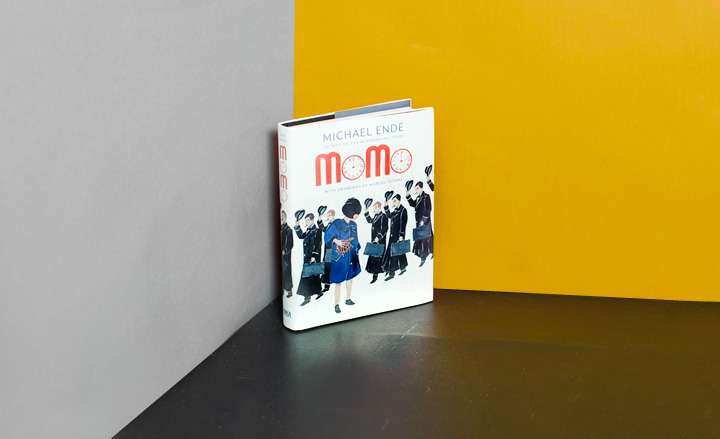
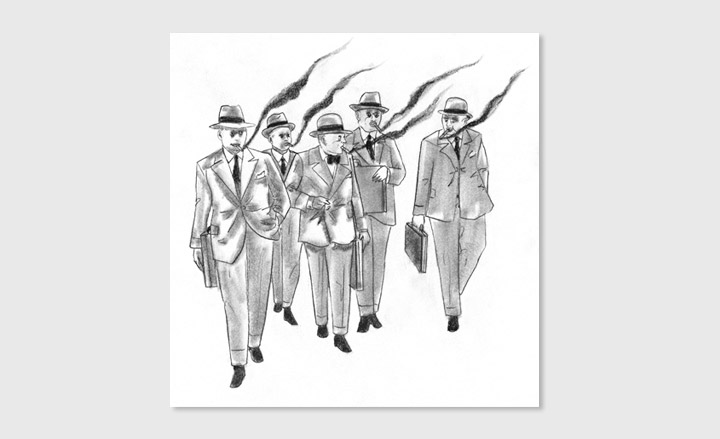
From the book: 'The gray men are coming to steal your time', by Marcel Dzama, for Momo. Courtesy of the artist and McSweeney's McMullens
The Images of Architects
By Valerio Olgiati
This beautiful volume has been compiled by the Swiss architect Valerio Olgiati. Essentially a mood book about inspiration, Olgiati approached 40 of his peers from around the world and asked them for up to ten images of things that shape their view of work and the world. Art, architecture, landscape, craft, technology; if such refined minds as Alvaro Siza Vieira, Kazuyo Seijima, Richard Meier, Glen Murcutt, et al, had Tumblrs, perhaps this is what they'd see. Instead you get a discretely designed volume, replete with velvety end-papers, that elevates image curation to another level.
Published by Quart Verlag, €58
Writer: Jonathan Bell
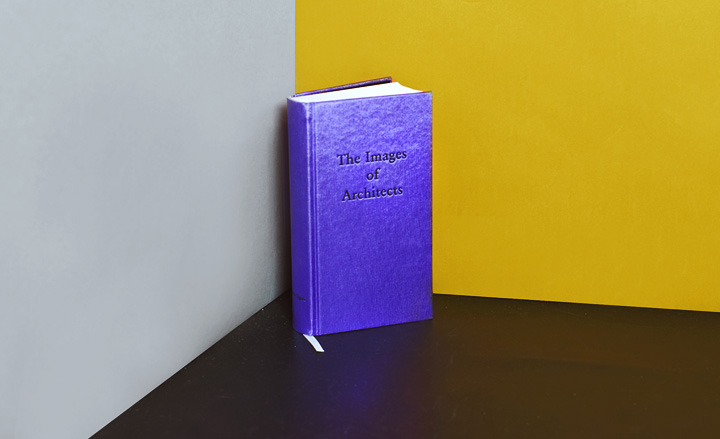
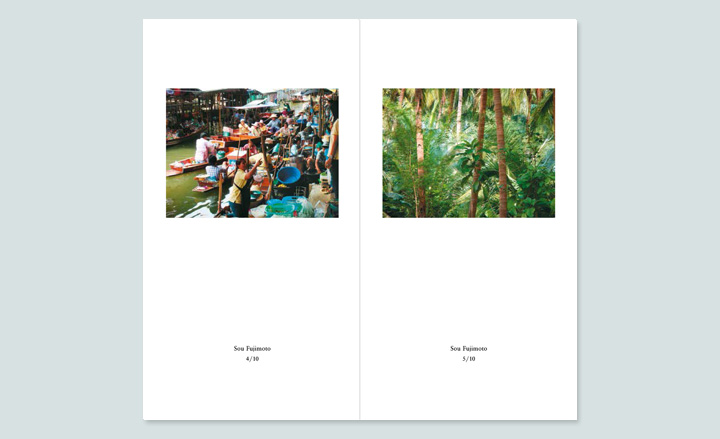
Valerio Olagiati invited fellow architects to submit a selection of personal imagery to explain the autobiographic roots of their oeuvre. This spread features Sou Fujimoto's contribution, of unidentified places
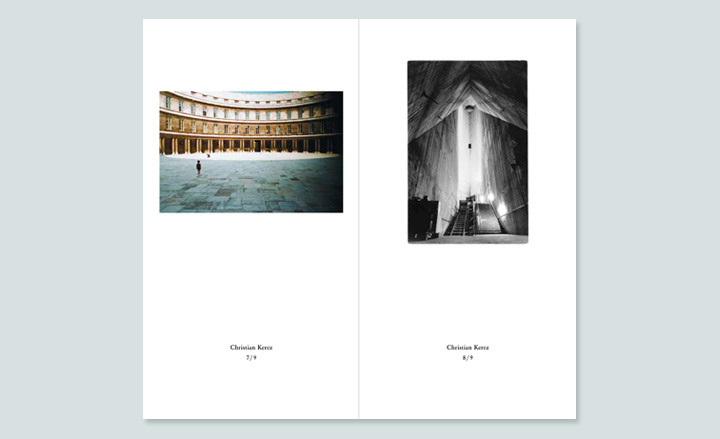
From left: Hack Kampman: The Copenhagen Police Headquarter; and Aligna dam, Switzerland.
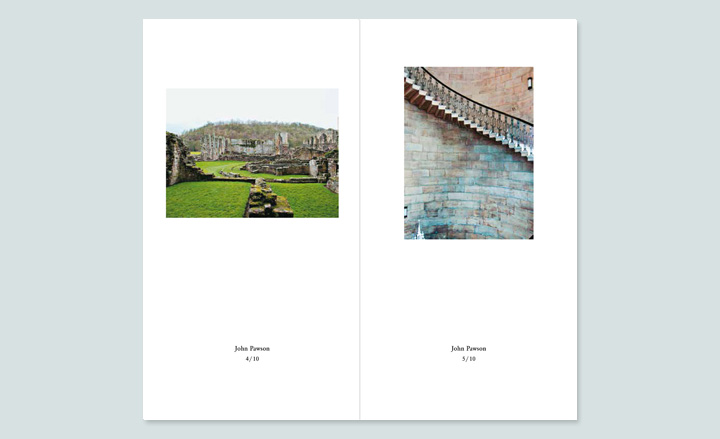
From left: Fortified barn, Mourabatine, Tunisia; and reinforced concreted remains, Puerto de la Cruz Grande, Chile.
Curiosity: Art and the Pleasures of Knowing
Edited by Brian Dillon
Two catalogues from London's Southbank Centre build upon recent exhibitions to make for fascinating reading in their own right. Curiosity is an update of the age-old cabinet of curiosities, examining the pleasures of collecting, curating and assembling the unusual and esoteric. Dillon, UK editor of the fabulous Cabinet magazine, has a keen eye for the intersection of the anthropological and the fantastical.
Published by Hayward Publishing, £22.99
Writer: Jonathan Bell
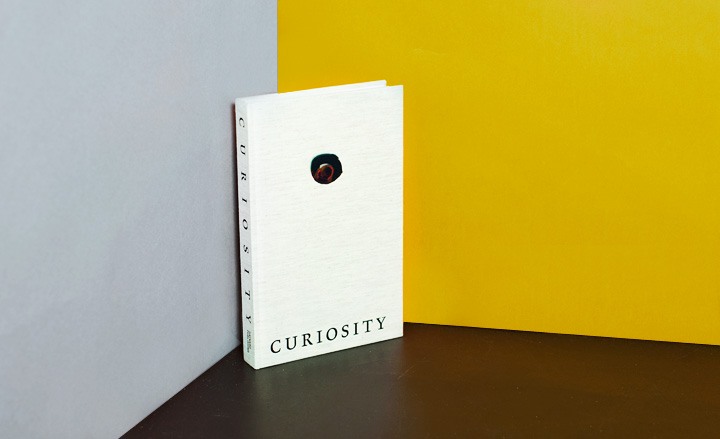
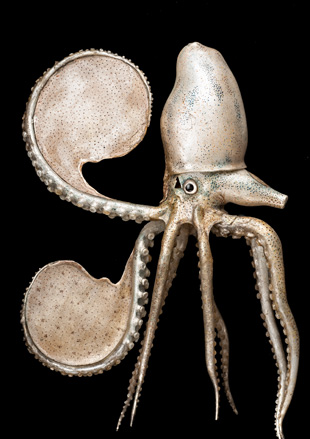
From the book: 'Argonauta Argo', by Leopold and Rudolph Blaschka, c. 1890s. Courtesy of Amgueddfa Cymru – National Museum Wales © James Turner
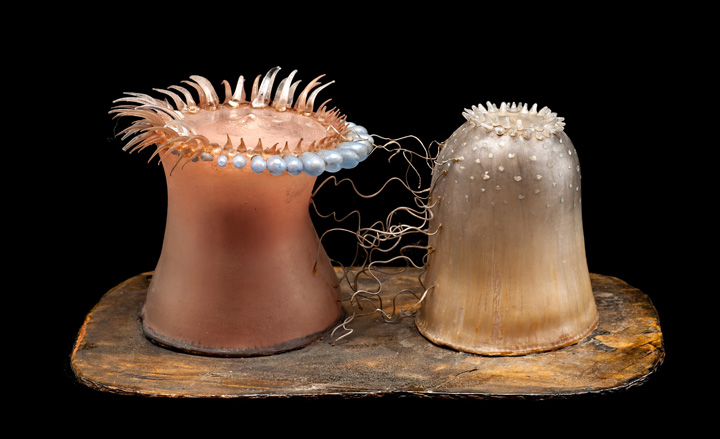
Actinia and Sargartia, by Leopold and Rudolph Blaschka, Actinia and Sargartia, 1890. Courtesy of Amgueddfa Cymru – National Museum Wales © James Turner

'Specola Vaticana (Pope Pie XII looking through the Smith Telescope at the Vatican Observatory, 1957 November the 2nd)', by Laurent Grasso, 2012. Courtesy of Michel Serrano and Gian Carlo Parodi, MNHN
The Alternative Guide to the Universe
Accompanying the Hayward Gallery exhibition of the same name, The Alternative Guide assembles an outsider's view of the world, from phantom architecture imaginary maps and weird science.
Published by Hayward Publishing, £27.99
Writer: Jonathan Bell
Receive our daily digest of inspiration, escapism and design stories from around the world direct to your inbox.
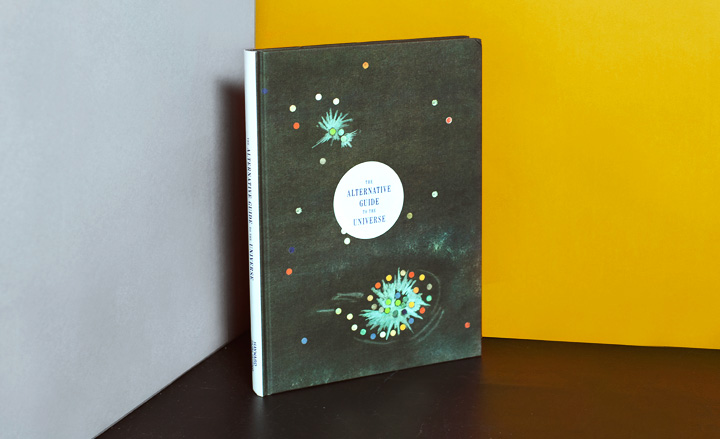
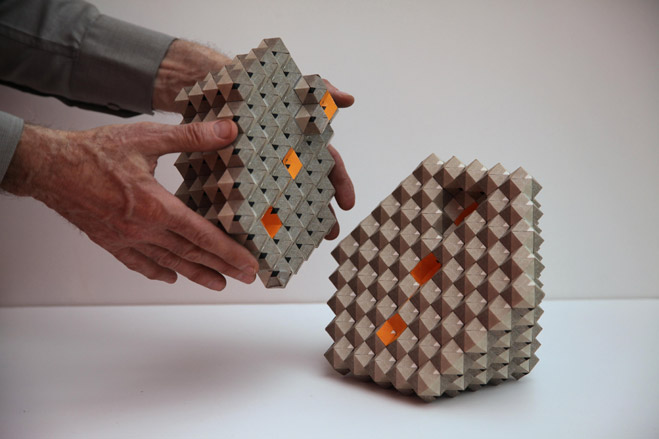
From the book: Proton model, by Phillip Blackmarr, 1993
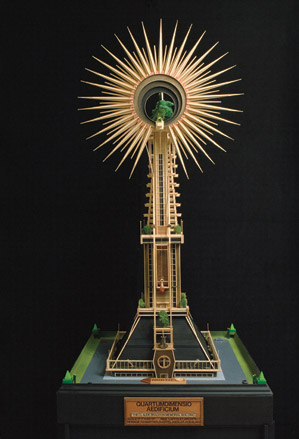
Model of Quartumdimensio Aedificium (The Claude Bragdon Memorial Building), by Paul Laffoley, 1973
The Glory of Water
By Karl Lagerfeld
Fendi artistic director Karl Lagerfeld has focused his lens on the thousands of fountains that pepper Rome's cityscape for 'The Glory of Water', a new cloth-bound book published by Steidl. Why fountains, you might ask? 'Each Roman fountain bears witness to human experience. The origins, the locations and the elements of beauty of different centuries are something we can learn a lot from', says Lagerfeld in the book's foreword. But it's not just Lagerfeld's appreciation of Rome's fountains that brought about the 112-page tome - there is the small matter of the hefty €2.1m project that Fendi has embarked on as sole sponsor in the restoration of the city's iconic Trevi Fountain and Four Fountains. The new book features a reflective selection of daguerreotype photography - the first commercially successful photographic process invented in circa 1837 by Louis Jacques Mandé Daguerre. Typical to the effect created by daguerreotype, Largerfeld's dreamy shots of the fountains' fixtures and features appear to be floating in space.
Published by Steidl, €88
Writer: Apphia Michael
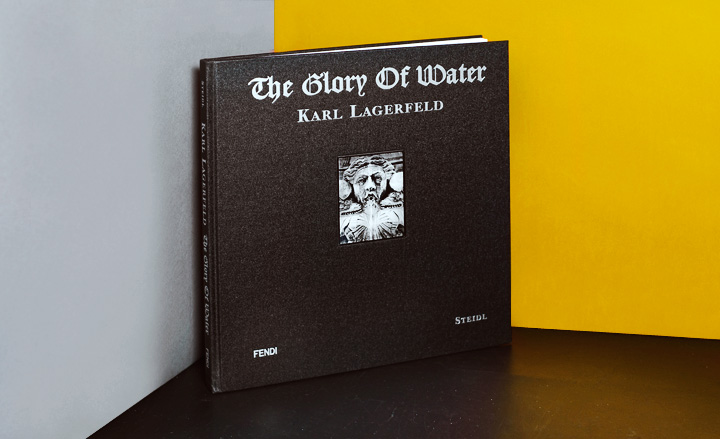
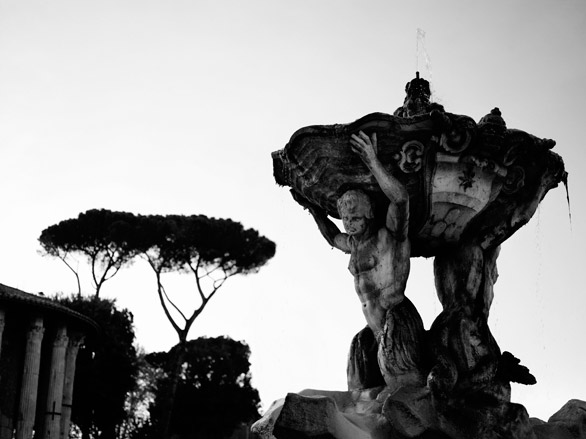
An image from The Glory of Water depicting one of the thousands of fountains in Rome, as captured by Fendi creative director Karl Lagerfeld

An image from The Glory of Water
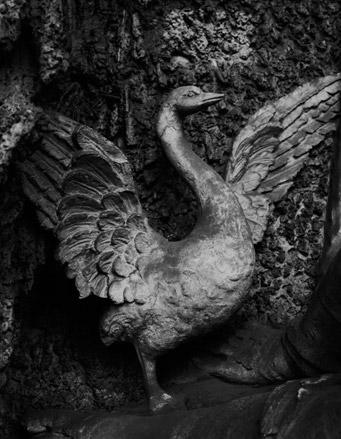
An image from The Glory of Water
The Purple Book
Edited by Angus Hyland and Angharad Lewis
Proof, if any was needed, that we are living in a decadent and voyeuristic world, The Purple Book takes an obvious leaf from Lane and Mathews' Yellow Book, the innovative nineteenth century literary journal that hinted darkly at forbidden loves and strange liaisons, bound up in the sensuous illustrations of Aubrey Beardsley and his acolytes. 120 years later and things are looking purple, but the influence of Beardsley is more keenly felt than it has been since the Sixties. Bringing together the often explicitly erotic work of 27 contemporary illustrators, this book invites you to dive in.
Published by Laurence King, £35
Writer: Jonathan Bell
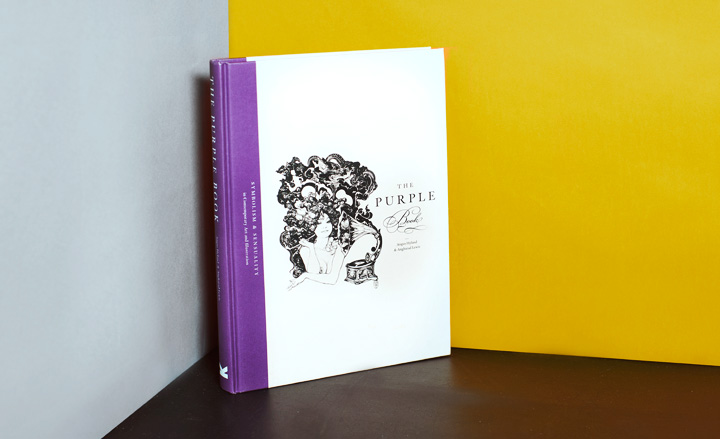
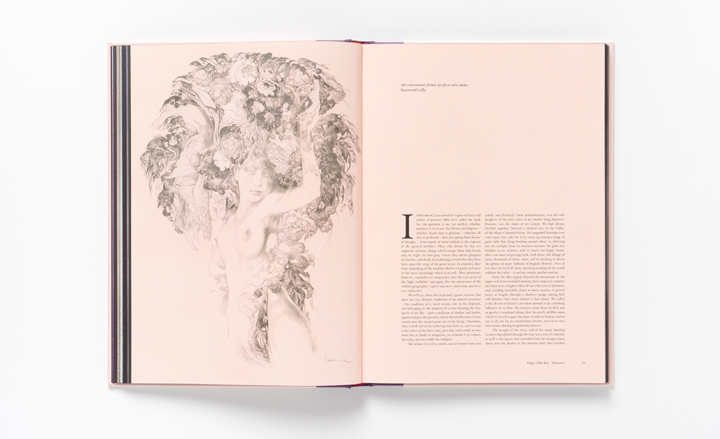
A spread from the book featuring Edgar Allan Poe's 'Eleonora' story, illustrated by Vania Zouravliov
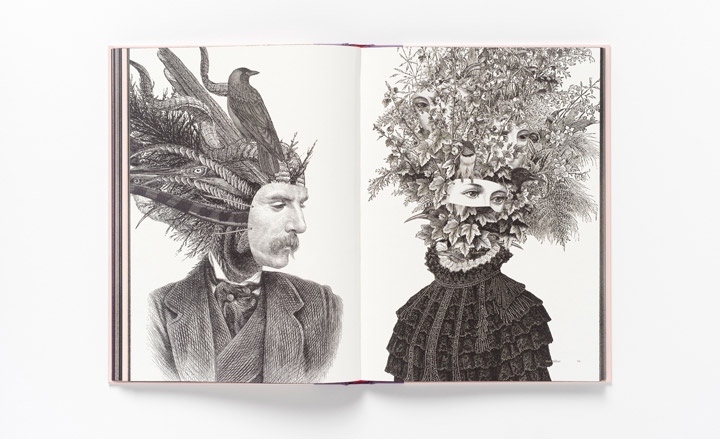
Screen prints by Dan Hillier, from left: 'Woodsman', 2010, and 'Lyra', 2011
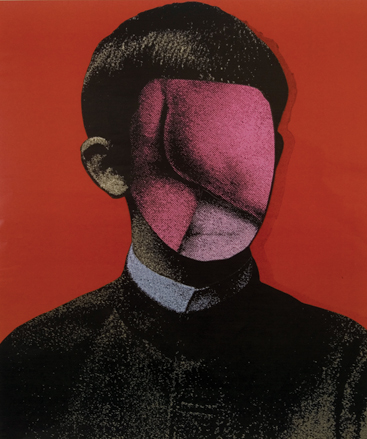
From the book: 'Spring Awakening', by Andrzej Klimowski 2008
Concretopia: A Journey Around the Rebuilding of Post-War Britain
By John Grindrod
The architectural travelogue has become a familiar trope of modern publishing - from Lynsey Hansley's Estates: An Intimate History through to Owen Hatherley's keenly observed journeys through the overlooked, unappreciated and misguided aspects of Britain's towns and cities. Now it's John Grindrod's turn, although choosing to write about the brutalist era is a nice piece of nominative determinism if nothing else. It's a familiar story, perhaps, but his text provides a fascinating trawl through the highs and lows of comprehensive redevelopment. Hindsight has shaded the greys, giving us a fuzzy Instagrammed image of half a century of optimistic visions and shuddering crashes - it's all here, from the Poulson scandal, to abandoned ring-roads and vanishing industry - but this a great insight into why things turned out the way they did.
Published by Old Street Publishing, £25
Writer: Jonathan Bell
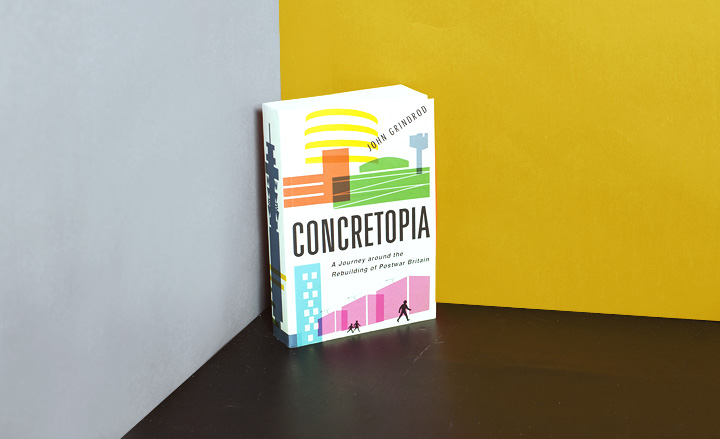

The bridges of Balfron Tower connect the lift shaft and ‘services’ to the main body of the flats. Image © John Grindrod

Cumbernauld: the remaining section of Geoffrey Copcutt’s Central Area megastructure, seen from the road that passes through it. Image © John Grindrod

'Streets in the Sky' at Sheffield's Park Hill. Image © John Grindrod

Space House in central London, the author's favourite Seiffert building. Image © John Grindrod
Melina Keays is the entertaining director of Wallpaper*. She has been part of the brand since the magazine’s launch in 1996, and is responsible for entertaining content across the print and digital platforms, and for Wallpaper’s creative agency Bespoke. A native Londoner, Melina takes inspiration from the whole spectrum of art and design – including film, literature, and fashion. Her work for the brand involves curating content, writing, and creative direction – conceiving luxury interior landscapes with a focus on food, drinks, and entertaining in all its forms
-
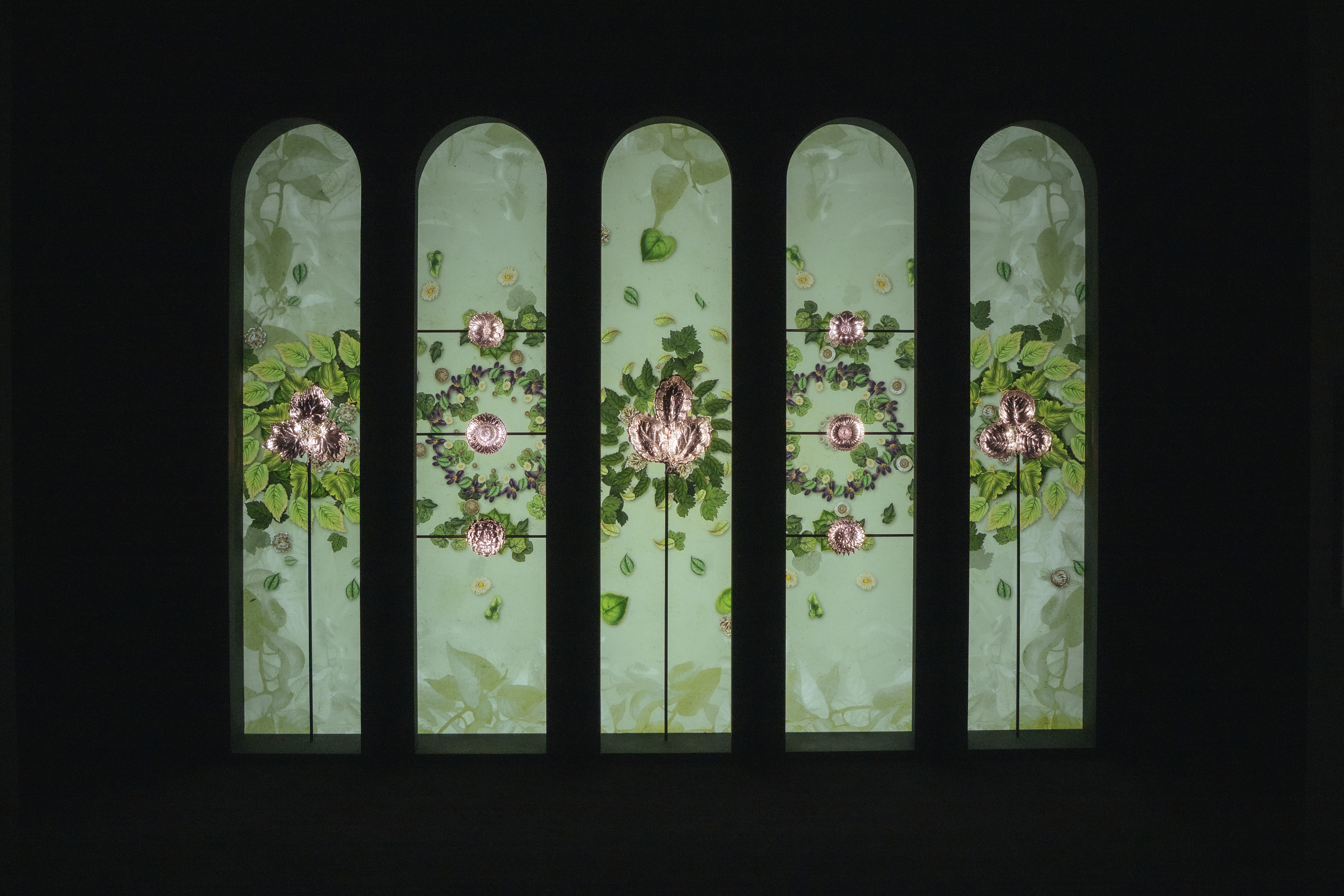 Dive into Buccellati's rich artistic heritage in Shanghai
Dive into Buccellati's rich artistic heritage in Shanghai'The Prince of Goldsmiths: Buccellati Rediscovering the Classics' exhibition takes visitors on an immersive journey through a fascinating history
-
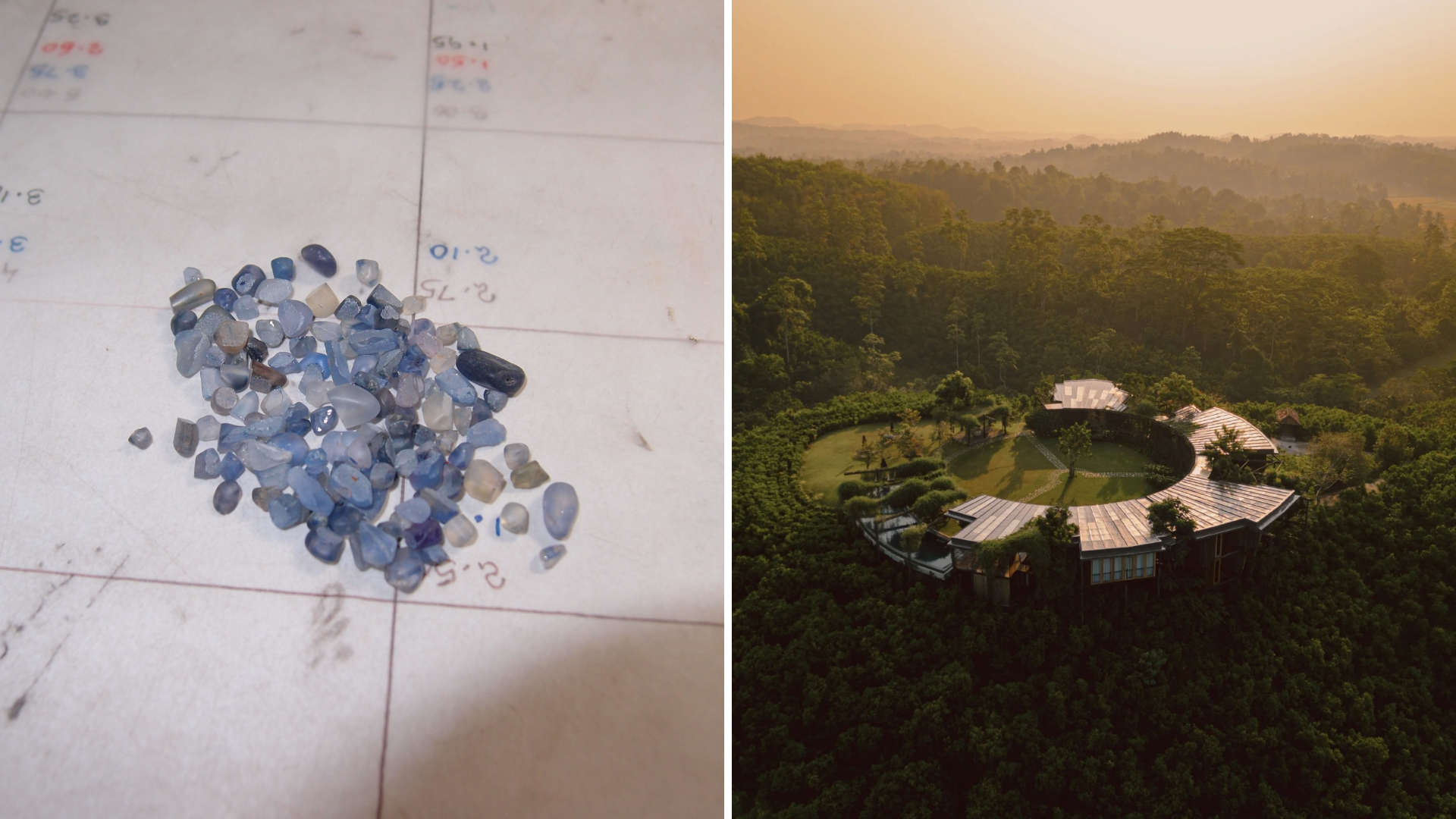 Love jewellery? Now you can book a holiday to source rare gemstones
Love jewellery? Now you can book a holiday to source rare gemstonesHardy & Diamond, Gemstone Journeys debuts in Sri Lanka in April 2026, granting travellers access to the island’s artisanal gemstone mines, as well as the opportunity to source their perfect stone
-
 The rising style stars of 2026: Connor McKnight is creating a wardrobe of quiet beauty
The rising style stars of 2026: Connor McKnight is creating a wardrobe of quiet beautyAs part of the January 2026 Next Generation issue of Wallpaper*, we meet fashion’s next generation. Terming his aesthetic the ‘Black mundane’, Brooklyn-based designer Connor McKnight is elevating the everyday
-
 How to be a crisp sommelier: Neil Ridley on ‘bringing fun back into food and drink’
How to be a crisp sommelier: Neil Ridley on ‘bringing fun back into food and drink’The humble crisp is an easy crowd-pleaser for laidback hosts. Drinks expert Neil Ridley shares his tips for creating the perfect crisp-and-drink pairings, whatever the occasion
-
 'Moroseta Kitchen' is a new recipe book offering a glimpse into the Puglian countryside
'Moroseta Kitchen' is a new recipe book offering a glimpse into the Puglian countryside'Moroseta Kitchen - A Window Into The Puglian Countryside' by Giorgia Eugenia Goggi is based on the essence of eating in Italy, rooted in farm to table seasonal recipes
-
 ‘Bethlehem’ is a new recipe book celebrating Palestinian food
‘Bethlehem’ is a new recipe book celebrating Palestinian food‘Bethlehem: A Celebration of Palestinian Food’ is a recipe book by Fadi Kattan that celebrates culinary tradition and explores untold stories
-
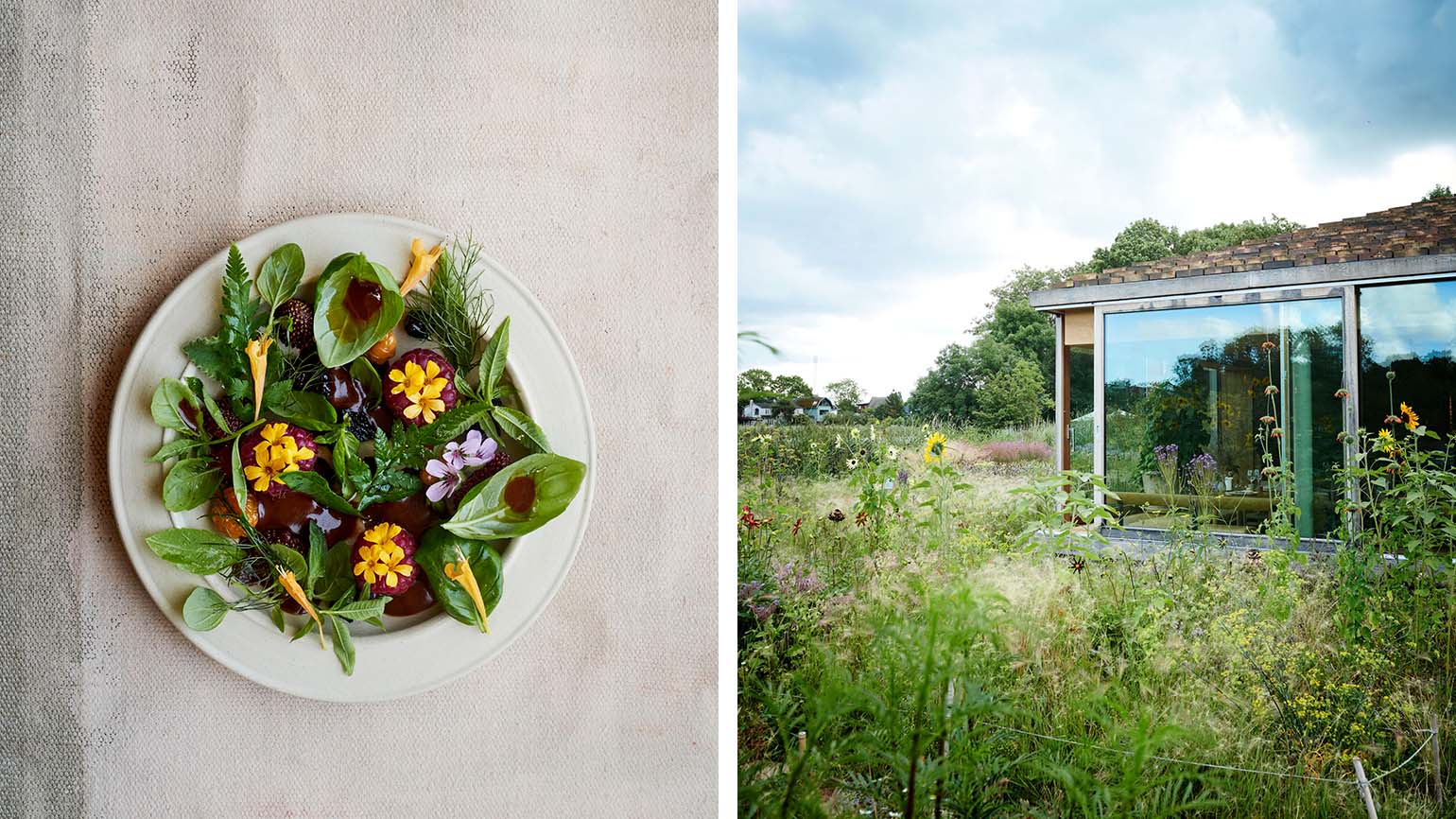 René Redzepi, Mette Søberg and Junichi Takahashi on Noma’s new cookbook
René Redzepi, Mette Søberg and Junichi Takahashi on Noma’s new cookbookLifting the lid on Noma’s secrets, a new cookbook celebrates the pioneering restaurant’s season menus, and offers a deep dive behind the scenes
-
 60-Second Cocktails book shakes up summer happy hour at home
60-Second Cocktails book shakes up summer happy hour at homeThis 60-Second Cocktails book brings summer happy hour into your home with easy but sophisticated cocktail recipes and tips to guide even novice shakers
-
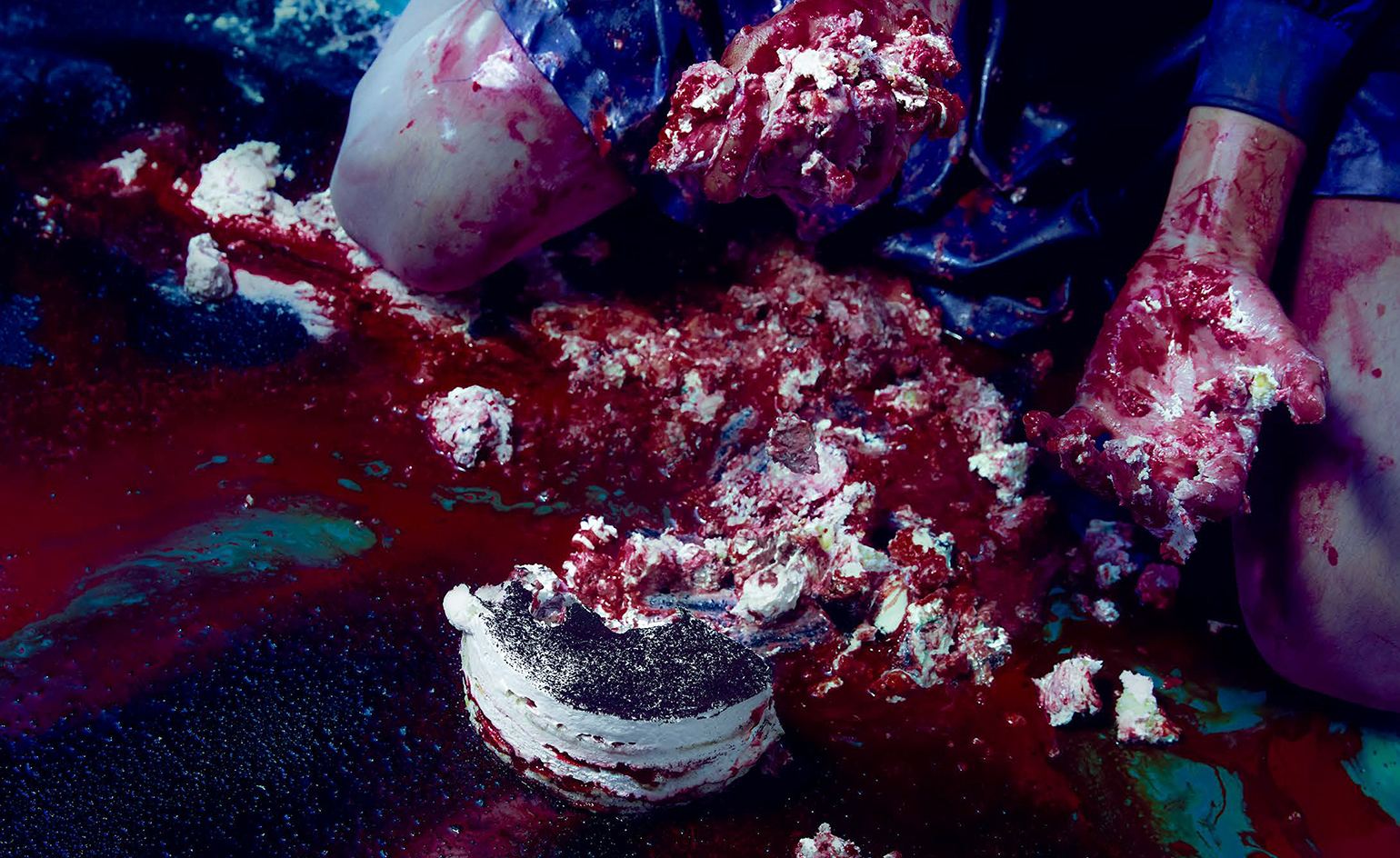 New cookbook transforms horror movies into terrifying food art
New cookbook transforms horror movies into terrifying food artHorror Caviar, the first cookbook from A24, features recipes inspired by horror movies, from creatives including Laila Gohar and Chloe Wise, alongside essays by Carmen Maria Machado, Stephanie LaCava, and more
-
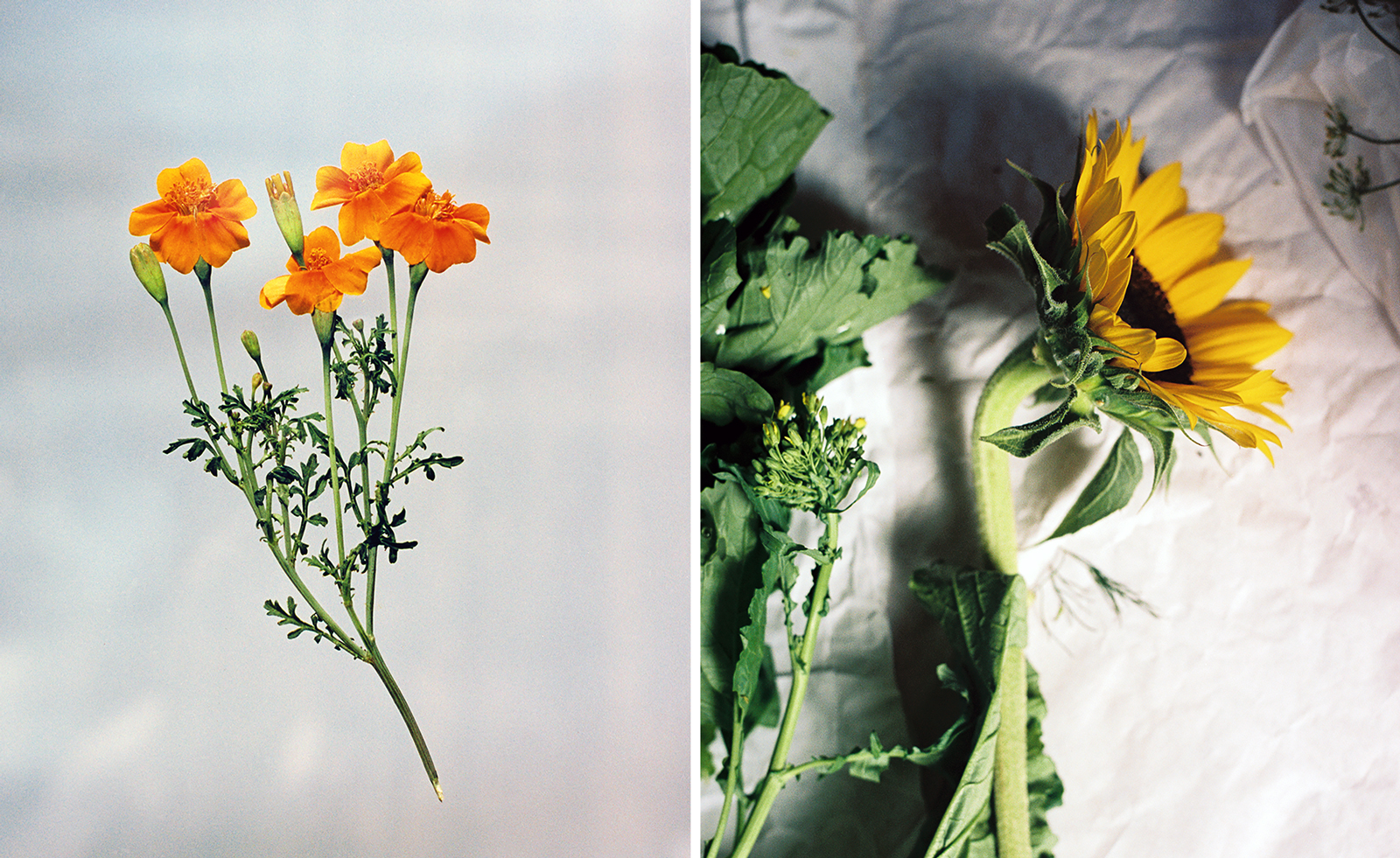 Edible flowers: the how, the what and the why
Edible flowers: the how, the what and the whyA new book from Monacelli, Edible Flowers: How, Why, and When We Eat Flowers, uncovers a fascinating history
-
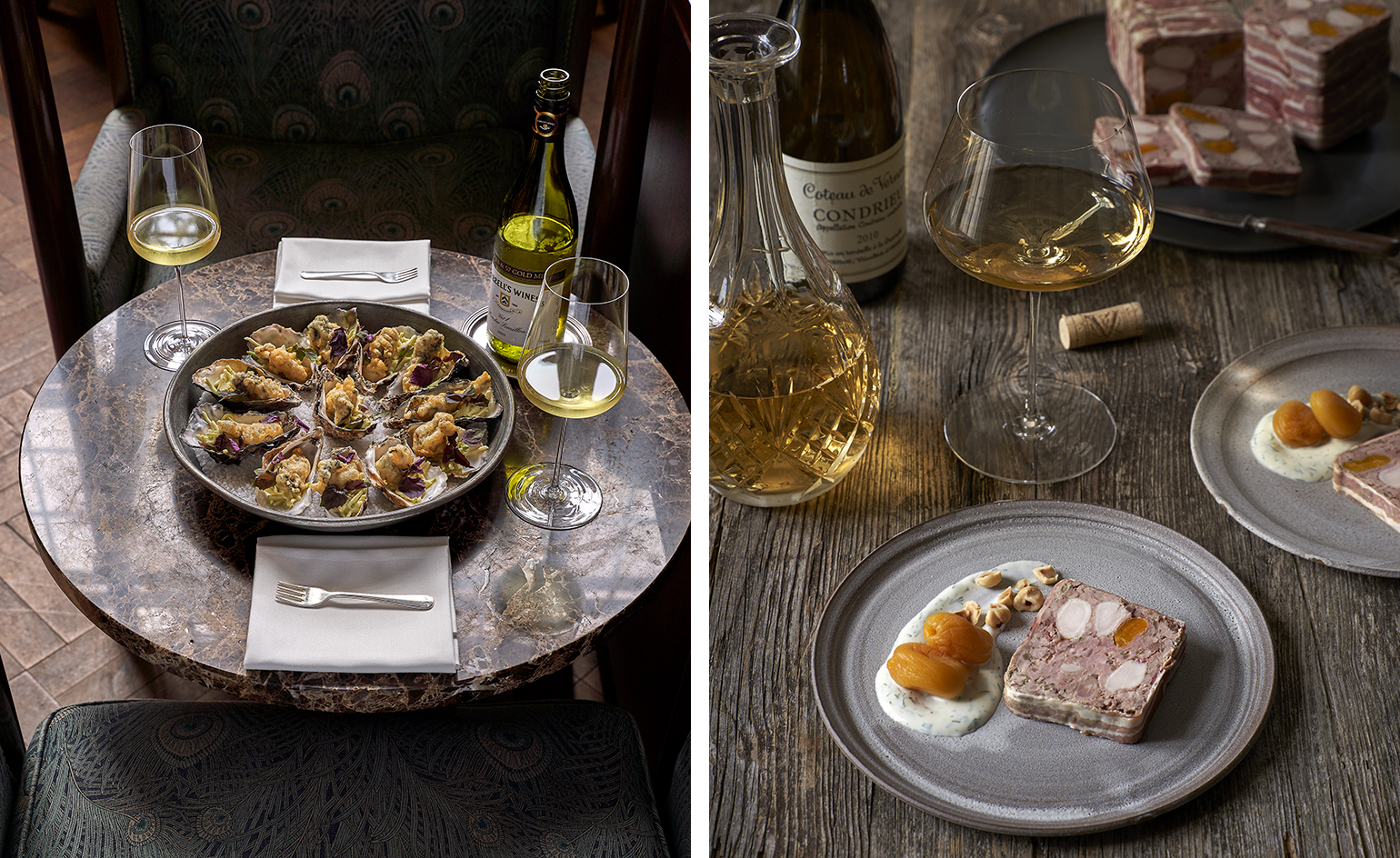 Match point: learn how to properly pair food and wine
Match point: learn how to properly pair food and wineLearn a thing or two about fine cooking and wine selection with this new book from the London Club